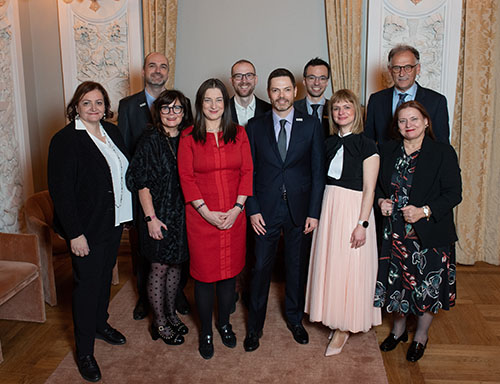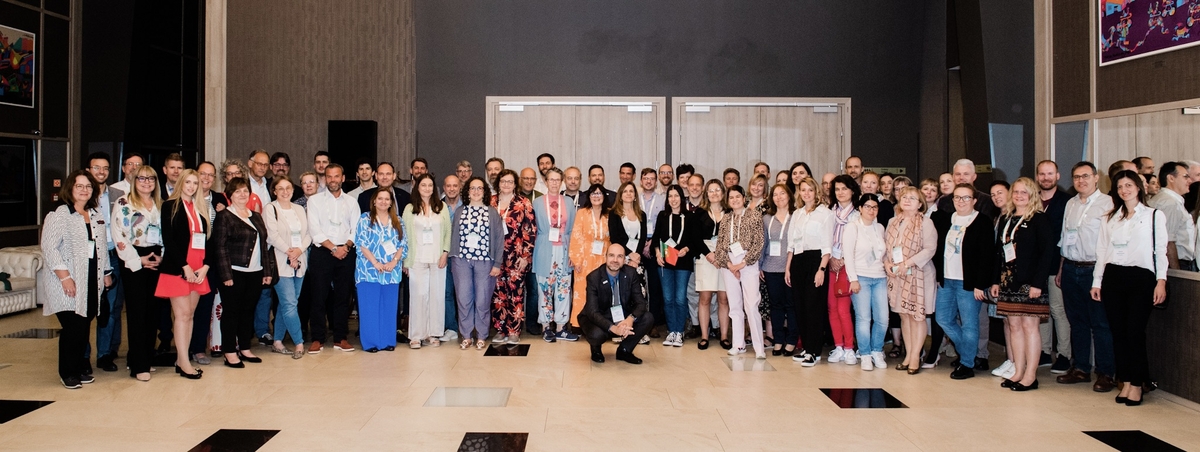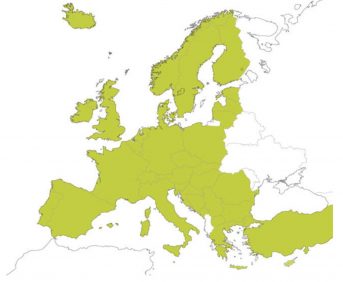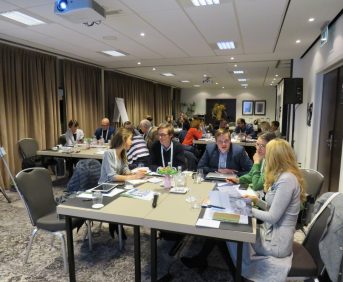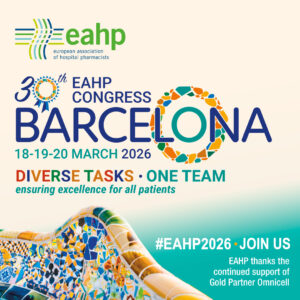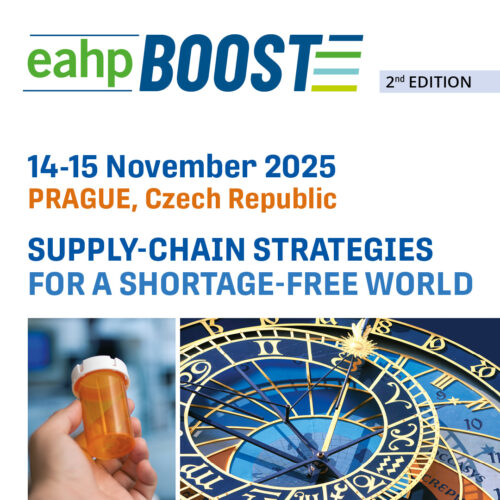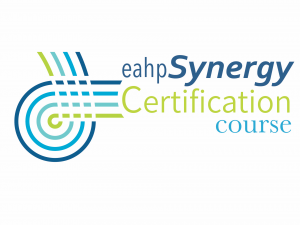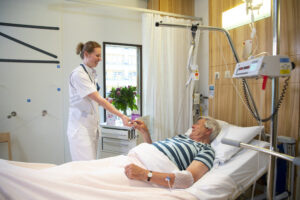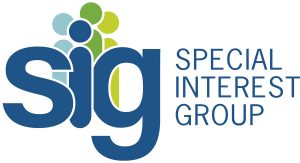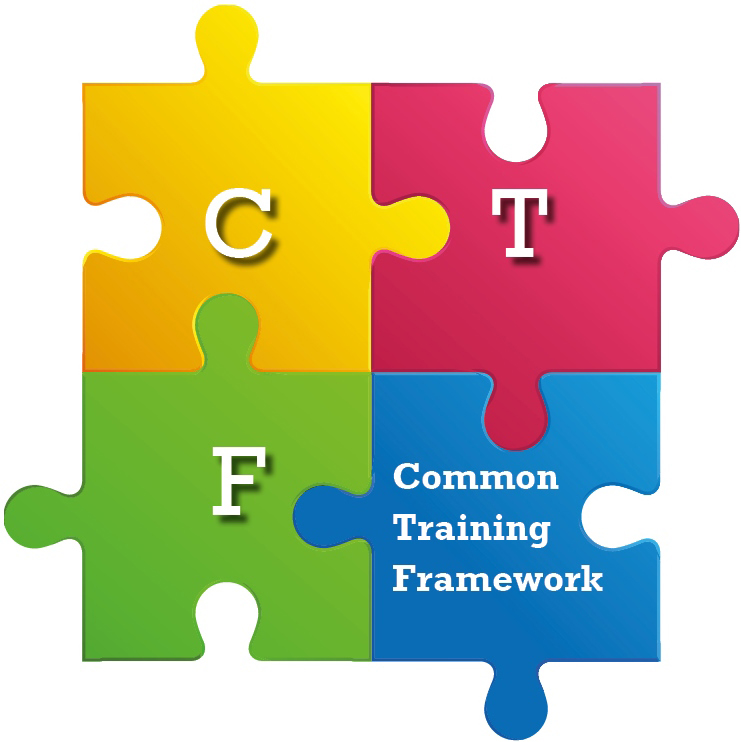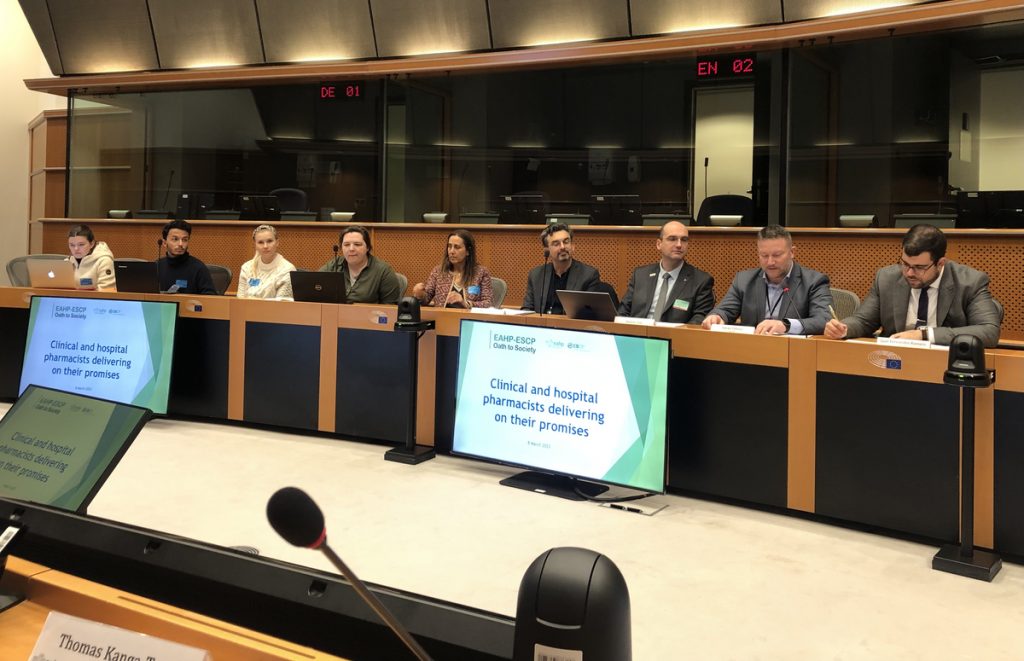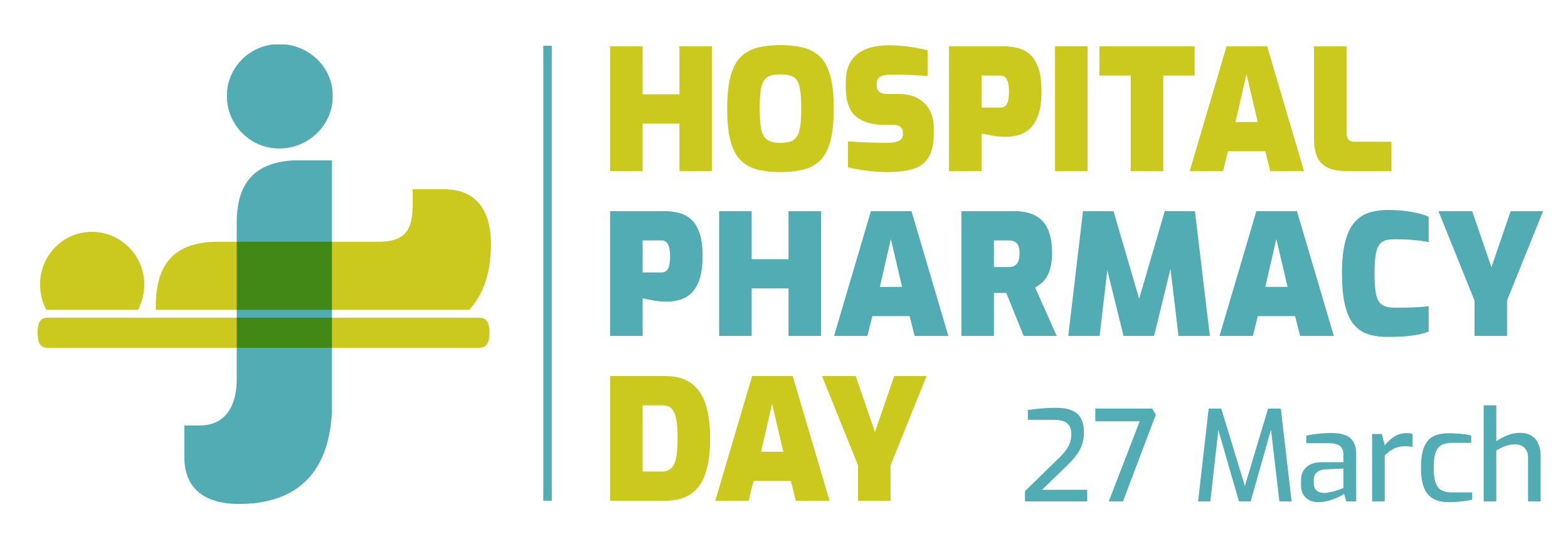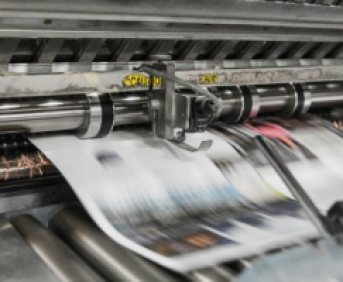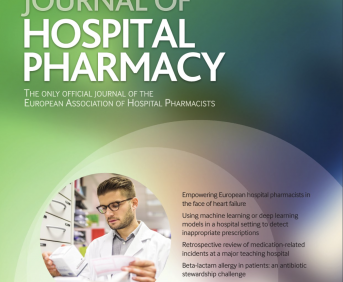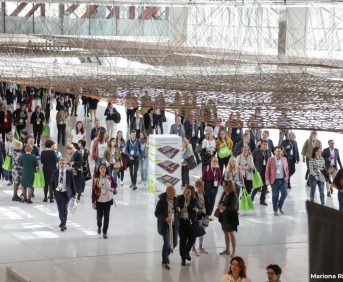Abstract:
An increasing number of biopharmaceuticals patents are expiring and we can expect more and more copies of these drugs to be brought to the market across Europe. The list includes erythropoietins, gonadotropins, granulocyte colony-stimulating factors (G-CSFs), human growth hormones, human insulins, interferons and in the near future monoclonal antibodies.
In contrast to "standard" small-molecule chemical drugs, biopharmaceuticals are considerably larger and more complex molecules, more difficult to characterize and produced from living organisms. Due to their complexity and to the inherent variability of biopharmaceutical manufacturing, the generic pathway for regulatory approval cannot be used for biosimilars and specific regulations were made for their development. Biopharmaceuticals are created via a unique process whereby microbial cells are cultured in various types of bioreactors to produce proteins which are very sensitive to the production conditions. Even the most minor change in manufacture could have a major impact on biological activity and safety, as was observed with the emergence of pure red cell aplasia after a modification of formulation of an original epoetin alfa. Thus, biosimilars are unique molecules and are not generic versions of the innovator biopharmaceuticals.
Another key point is about the therapeutic equivalence of these drugs, which is an important consideration in decisions about substitution and exchangeability. Nearly all European countries have rules against automatic substitution with biosimilars for reasons of traceability. Therefore, given that biosimilar products are not generic products, a switch from filgrastim or epoetin alfa to a biosimilar is considered a change in clinical management and should be done only under the guidance of a responsible clinician.
In conclusion, it is important to be attentive to the arrival of biosimilars, to inform physicians about changes in internal referencing, avoiding substitutions and to be careful in switching biopharmaceuticals in individual patients.
As key stakeholders in assessing and selecting drugs for in-hospital use, hospital pharmacists need 1) to have particular awareness of the efficacy and safety when biosimilars are used and 2) to improve their knowledge about biosimilars, from a regulatory, manufacturing and clinical point of view.
Teaching goals:
• to explain the differences between generics, biosimilars and innovative drugs from a regulatory point-of-view
• to explain the manufacturing complexity of biopharmaceutical drugs and how biosimilars are developed
• to explain the issues surrounding substitution and interchangeability of biosimilars
Learning objectives:
After the presentation the participant should:
• understand the differences between innovative drugs, classic generics and biosimilars.
• To be aware of the manufacturing process of biopharmaceutical drugs and its implications
• to understand the clinical implications of biosimilars in daily practice.
